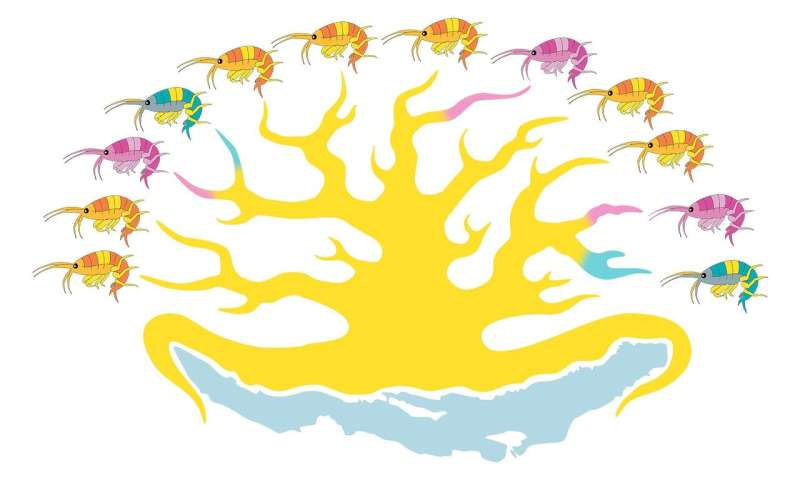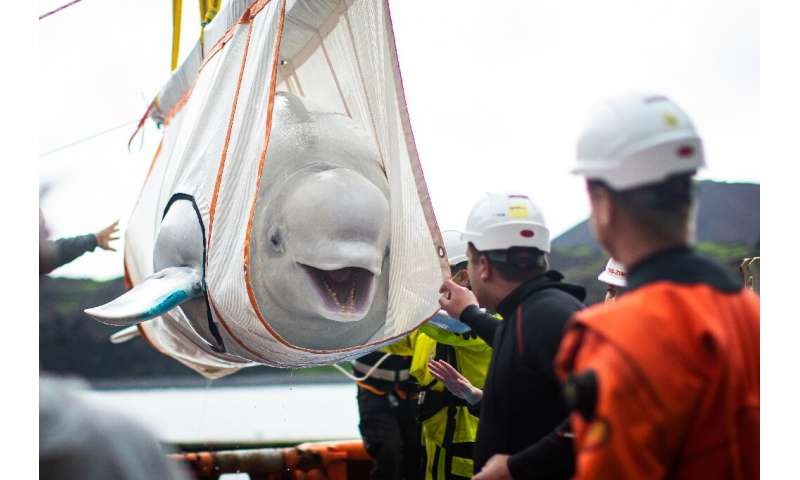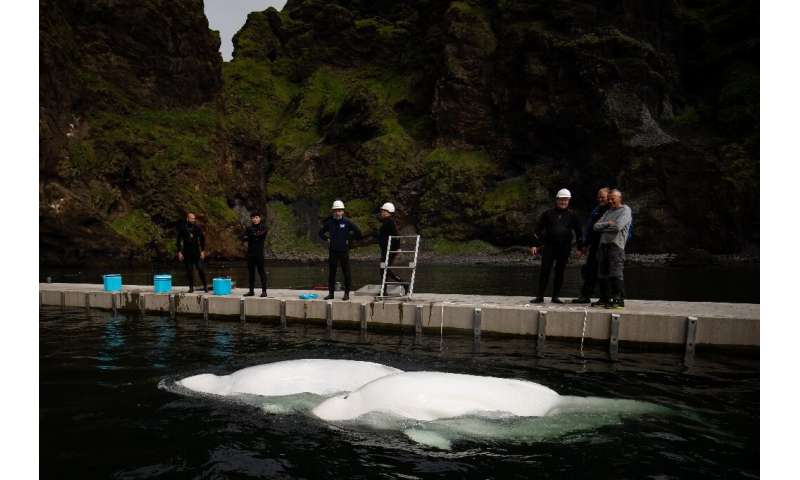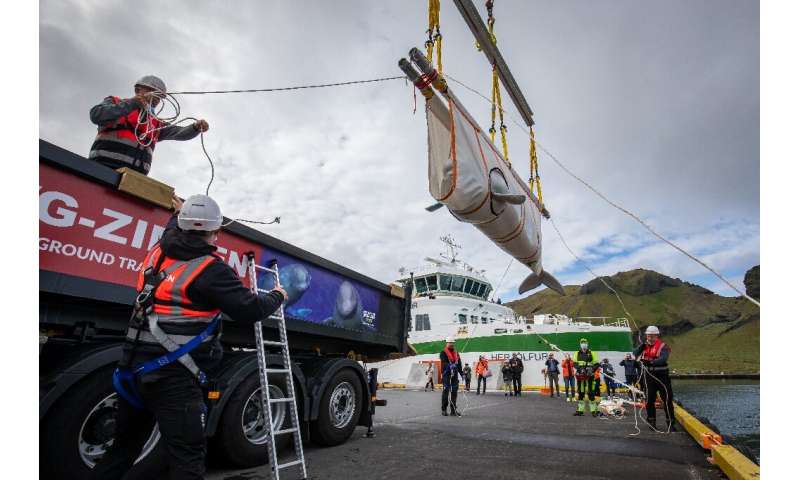Brazil hails reduction in Amazon deforestation in July
TOO LITTLE TOO LATE

\Smoke rises from a burned area in the Xingu Indigenous Park, Mato Grosso state, Brazil, in the Amazon basin, on August 6, 2020
Brazil on Friday hailed figures showing a reduction in July of deforestation that has spooked international investors, though environmentalists warned it was too early to proclaim success.
Official data showed a swath of Brazil's Amazon rainforest about the size of London—more than 1,600 square kilometers (620 square miles)—was cleared in July, down from the 2,250 km2 lost in July 2019.
That shows government efforts have achieved an "inversion of the trend," said Vice President Hamilton Mourao, who heads Brazil's National Amazon Council.
An analysis of longer-term figures for the world's largest rainforest is more worrying, however.
The 4,730 km2 of deforestation in the Amazon from January 1 to July 31 was slightly above the 4,700 km2 from the same period in 2019, the country's National Institute for Space Research (INPE) said.
The difference is much greater when examining 12-month figures: The 9,200 km2 lost from August 2019 to July 2020 was sharply higher than the 6,800 km2 cleared in the previous 12 months.
The administration of far-right President Jair Bolsonaro is under pressure to stop Amazon deforestation and forest fires, after international investment funds that collectively administer close to $4 trillion in assets wrote an open letter to the leader in June, urging the end of projects that accelerate the area's destruction.
Bolsonaro's policies have opened up protected and indigenous areas to mining and farming, but the investors' call has been taken seriously by a government that needs capital to reignite an economy ravaged by the coronavirus.
Mourao last month committed to cutting deforestation and forest fires "to an acceptable minimum."
Environmentalists, however, were not optimistic about the latest numbers.
"We cannot celebrate that we haven't surpassed the 2019 record. That's positive, but it's important to understand that 1,600 km2 is a lot," Ane Alencar, science director at the Amazon Environmental Research Institute, told AFP.
"The fires usually start in June, accelerate in August and peak in September."
The NGO Climate Observatory blamed policies under Bolsonaro, a climate change skeptic.
"This isn't ineptitude, it's planned," the group said.
Fires on the rise
Alencar warned that clearing so much land will inevitably lead to another alarming season of forest fires.
Last year, the number of fires in the Amazon put Bolsonaro's government at loggerheads with the international community, which demanded enhanced protection for the rainforest.
Satellite data show the number of forest fires in the Amazon were up last month by 28 percent on July last year.
"Whoever cuts down trees wants to get a return on their investment, and so they burn the cut-down vegetation to clear the land... so stopping fires is the exact way to start in controlling deforestation," Alencar said.
More than 1,600 square kilometers of Brazilian Amazon deforested in July
© 2020 AFP


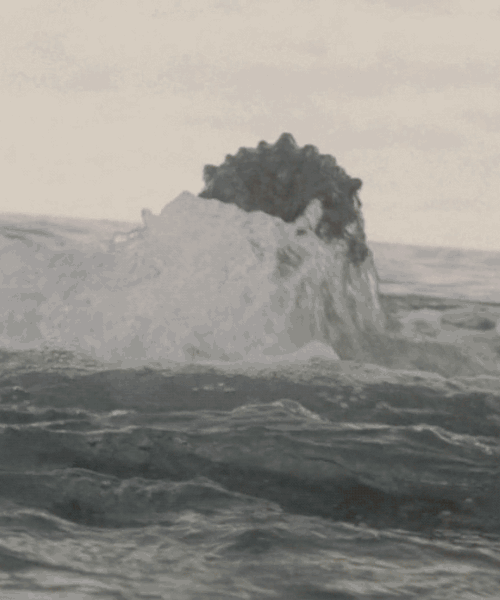
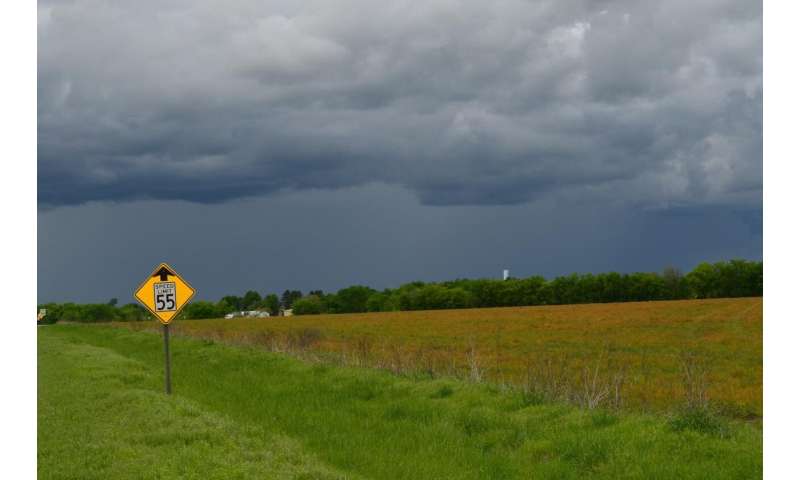
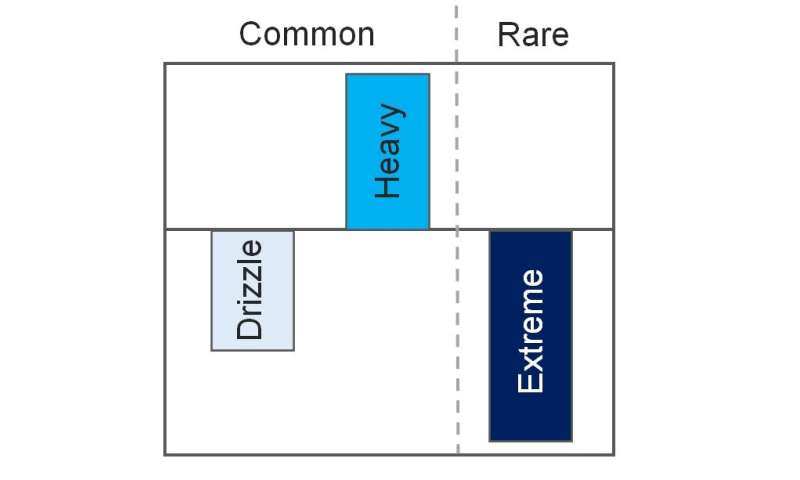 A new study finds that when rain comes down mainly as drizzle, yields of major crops are depressed; when downpours are heavier, yields rise, up a point. Yields go down severely with the most extreme rainfalls, but these are quite rare. Length of bars represents impact on crops per hour. Heavy rainfall is projected to increase more than extremes in the future, giving a boost to crops. Credit: Corey Lesk.
A new study finds that when rain comes down mainly as drizzle, yields of major crops are depressed; when downpours are heavier, yields rise, up a point. Yields go down severely with the most extreme rainfalls, but these are quite rare. Length of bars represents impact on crops per hour. Heavy rainfall is projected to increase more than extremes in the future, giving a boost to crops. Credit: Corey Lesk.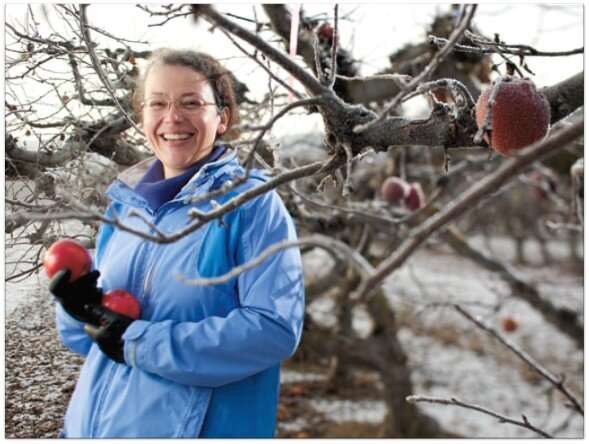

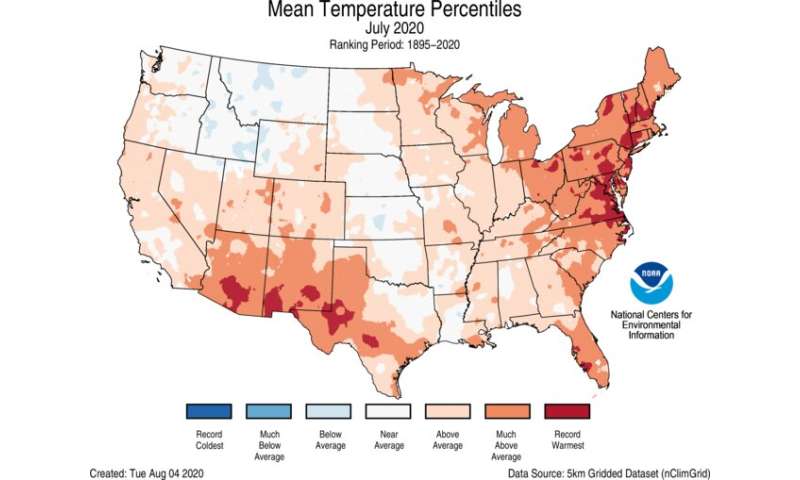
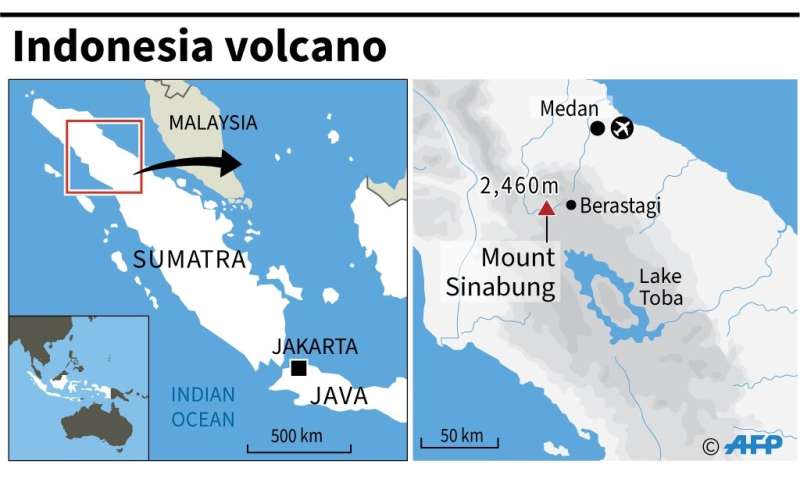
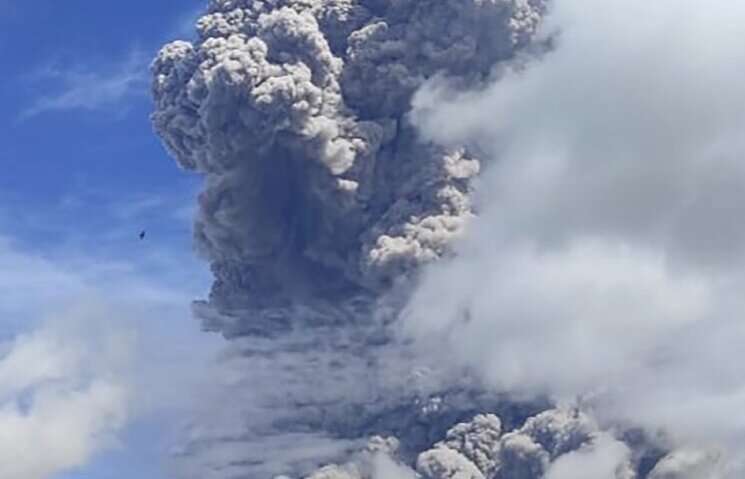
 Credit: CC0 Public Domain
Credit: CC0 Public Domain